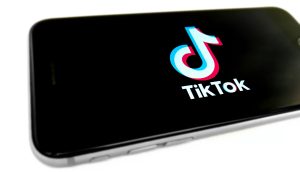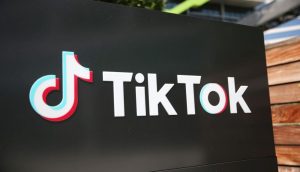Marketers are feeling more confident not just in the return on investment (ROI) of social media, but also in their ability to prove it to even the most skeptical of executives.
This is according to Hootsuite’s seventh annual Social Trends Report, which explores the emerging trends that are shaping the future of social marketing, social commerce, and social customer service. This report is based on a survey of 10,643 marketers in 109 countries conducted in July 2022.
The survey found that social media practitioners – those actually doing the work of marketing on social media – were 17% more likely than C-suite executives to say their organization uses impressions/views to demonstrate ROI. VPs were 7% more likely than practitioners to say they used time spent on their brand’s website/app to demonstrate ROI. C-level executives were 13% more likely than practitioners to say they used sales/ revenue to demonstrate ROI. In 2023, Hootsuite says marketing practitioners and leadership need to have a deeper conversation about goals to make sure everyone’s on the same page.
Confidence in the value of social media marketing is also at an all-time high. Last year, 83% of marketers in the survey reported having some level of confidence in the ROI of social media, up from 68% the year before. This year, the survey asked how confident marketers were that social media was useful for marketing to or engaging with their audiences. The question resulted in 96% of marketers reporting some level of confidence, with 37% extremely confident.
The report says that big brands are investing less in influencer marketing, which makes it easier for small businesses to compete for content creators. The social trends survey found that smaller organizations are the least likely to work with creators; 72% of small businesses (those with less than 100 employees) don’t work with creators in any capacity, while nearly 42% of businesses with over 1,000 employees do work with creators. The biggest barrier to entry for small businesses is cost.
Other trends for the coming year include that instead of recycling content, marketers are getting more strategic, and creating more creative, unique content for fewer platforms. Social commerce is losing traction with platforms pulling back, but the report says that marketers with the patience to hold on will see new opportunities to gain a competitive edge. In addition, social search optimization is emerging as a make-or-break skill for marketers.
Consumers say the biggest barrier to purchasing through social is trust. The top two concerns for social buyers stem from a lack of trust in vendors, according to an Accenture survey of over 10,000 consumers. Their biggest concern is that their purchases won’t be protected or refunded. They’re also worried about the quality and authenticity of products and sellers on social media.
The third most common concern stems from trust in the social networks themselves. Consumers don’t want to share their financial information with the networks.
Digital customer service is another area that is suffering. Marketers don’t feel equipped for digital customer service, and the implications of unanswered DMs are far reaching. This loss of focus on digital customer service is due to the return to brick-and-mortar shopping – and opens the door for chatbot adopters to gain an advantage.
Hootsuite’s Social Trends Report is based on a survey of 10,643 marketers conducted in July 2022. Primary interviews were conducted with dozens of social marketing practitioners, leaders, observers, and partners. The primary data has been supplemented by secondary research from The Harvard Business Review, McKinsey, Deloitte, Edelman, Insider Intelligence, Forrester, GlobalWebIndex, The CMO Survey and others.






















